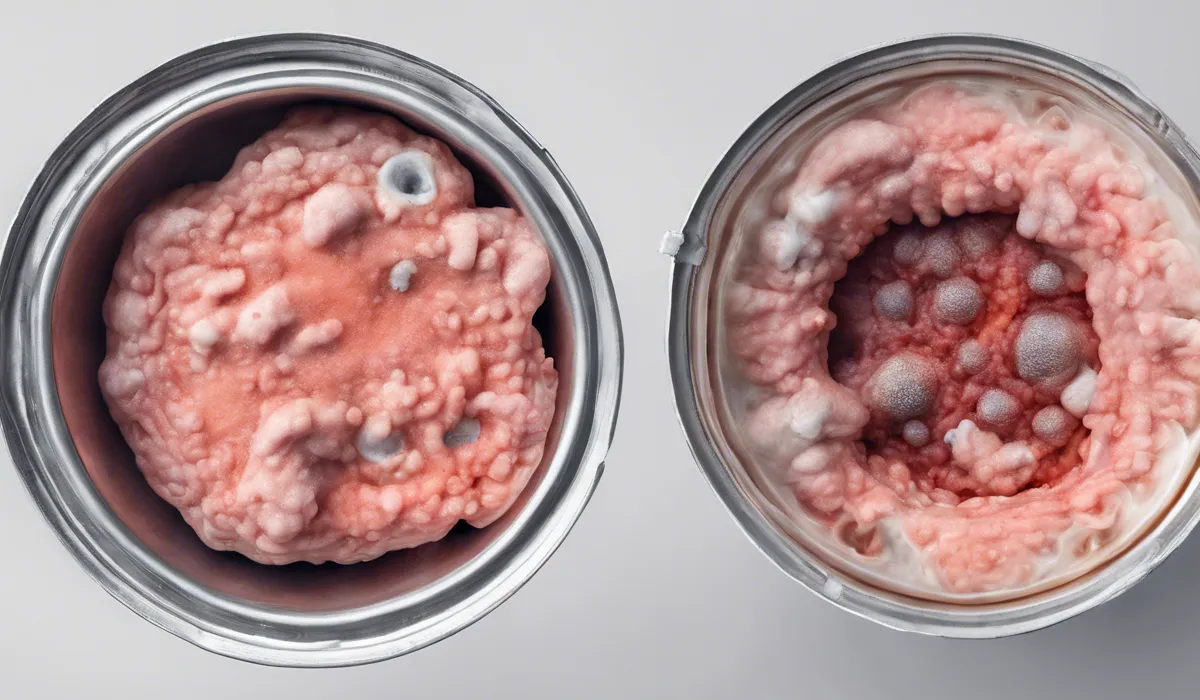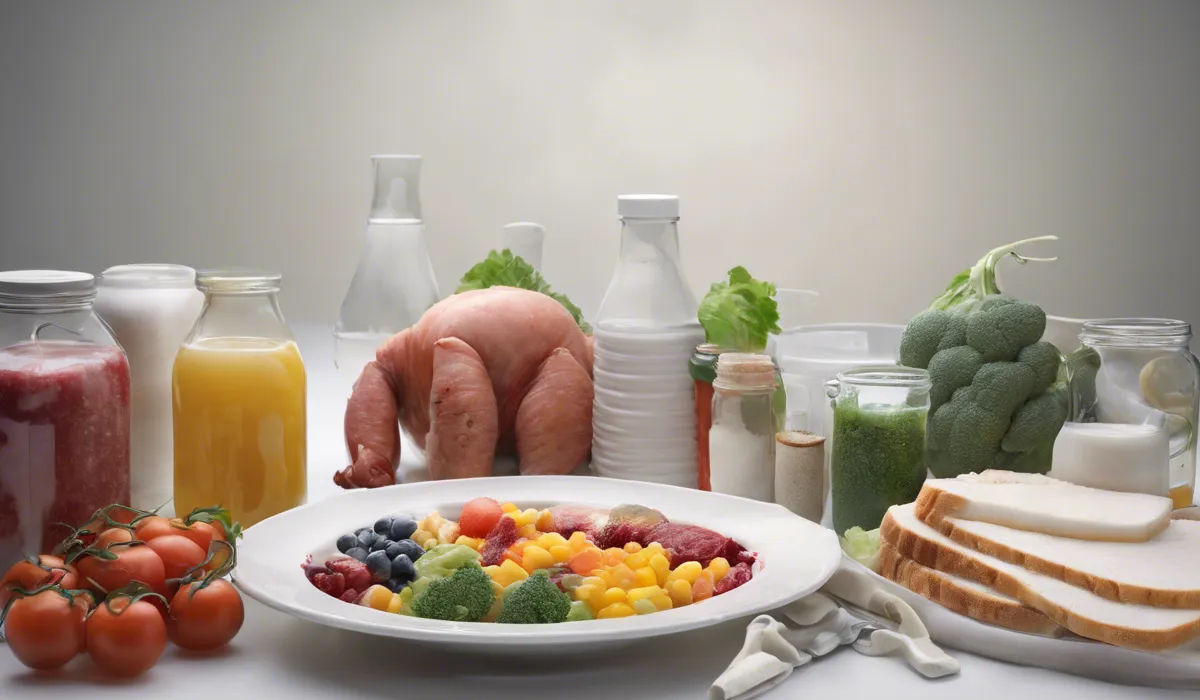Food cannot mold in your stomach because the environment is too acidic. Stomach acid quickly breaks down food and inhibits mold growth, ensuring digestion without fungal interference.
Digestive Environment and Mold Growth

Understanding the Stomach’s Environment
The human stomach is a unique environment designed to break down foods and kill pathogens. It is highly acidic, with a pH that usually ranges from 1.5 to 3.5.
This acidic setting is maintained by the gastric acid produced by stomach cells. Besides the acidity, the stomach secretes digestive enzymes like pepsin that help in breaking down proteins.
The average temperature inside the stomach mirrors that of the human body, about 37 degrees Celsius (98.6 degrees Fahrenheit).
Mold Spore Survival and Required Conditions
Mold spores are a form of fungi that can be found everywhere in the environment. For mold to grow, it typically requires a nutrient-rich surface, moisture, oxygen, and a suitable temperature, usually ranging from 77 to 86 degrees Fahrenheit.
Mold spores can remain dormant in less-than-ideal conditions and can withstand a wide range of environments, but they do not thrive in highly acidic or high-temperature conditions.
Can Mold Survive Digestive Conditions?
Scientifically, it is virtually impossible for mold to grow inside the stomach. The acidity and temperature, as well as the rapid mechanical and chemical digestion processes, prevent mold from proliferating.
Gastric acid quickly denatures the proteins and destroys the structure of mold spores, ensuring that they cannot survive long enough to grow.
The Immune System’s Role in Digestion
Even if somehow mold spores were to reach the stomach, the immune system plays a crucial role in the digestive tract.
Specialized cells in the lining of the stomach and intestines are part of the body’s first line of defense, identifying and neutralizing foreign substances such as mold spores before they can cause harm.
Mold Ingestion and Health Implications

Common Sources of Ingested Mold
Mold can be ingested from various sources such as expired food, improperly stored grains, nuts, fruits, and vegetables.
Foods with high moisture content or those that are not stored properly provide ideal conditions for mold to flourish.
Short-term Effects of Mold Consumption
Eating moldy food can result in food poisoning symptoms like nausea, vomiting, diarrhea, and abdominal pain.
Some individuals may experience allergic reactions to mold, including sneezing, itching, and difficulty breathing. These symptoms typically resolve with time and do not cause lasting damage.
Long-term Health Risks of Mold Exposure
Chronic ingestion of mold can lead to exposure to mycotoxins, which are toxic substances produced by certain types of mold.
Mycotoxins can cause serious health issues, including respiratory problems, immune system suppression, and possibly cancer.
Long-term exposure is particularly concerning for individuals with pre-existing conditions.
Vulnerable Populations and Mold Risks
Immunocompromised individuals, young children, and the elderly are more susceptible to the adverse effects of mold ingestion.
Their bodies may not be as effective in eliminating mold spores or mycotoxins, increasing the risk of health complications.
Prevention and Safe Eating Practices

Proper Food Storage to Prevent Mold
To prevent mold growth, store food in a cool, dry place and use airtight containers. Refrigerate perishable items promptly and keep humidity levels in your home low, as mold thrives in moist environments.
Safe Food Handling and Preparation
Practice good hygiene in the kitchen, regularly washing hands and surfaces. Cook food to the appropriate temperatures and avoid cross-contamination by using separate cutting boards for raw meats and vegetables.
Identifying and Discarding Moldy Food
Inspect food for signs of mold, which may not always be visible to the naked eye. When in doubt, err on the side of caution and discard food that could be contaminated.
Foods with high moisture content are more prone to mold growth, so be particularly vigilant with these items.
Importance of a Balanced Diet and a Healthy Immune System
Maintaining a balanced diet rich in fruits, vegetables, and lean proteins can support a healthy immune system.
This helps the body defend against potential infections, including those that might come from accidental mold ingestion.
FAQs About Food Mold in Your Stomach
Can mold develop on food inside your stomach?
No, mold cannot develop on food inside your stomach because the acidic environment prevents mold growth.
Is stomach acid effective in preventing mold on ingested food?
Yes, stomach acid is very effective in breaking down food and inhibiting mold growth.
How long does it take for stomach acid to break down food?
Stomach acid begins to break down food as soon as it enters the stomach, but the process can take several hours to fully digest the food.
Can you get sick from moldy food if it doesn’t mold in the stomach?
Yes, eating moldy food can still make you sick, as some molds produce toxins that may not be destroyed by stomach acid.
Does the temperature of the stomach affect mold growth on food?
The warm temperature of the stomach does not promote mold growth because the acidity of the stomach fluid prevents mold from developing.
Final Thoughts
The acidic environment of the stomach ensures that food does not mold during digestion.
Stomach acid rapidly decomposes food and prevents the growth of mold, thus supporting the digestive process without the complication of fungal contamination.
